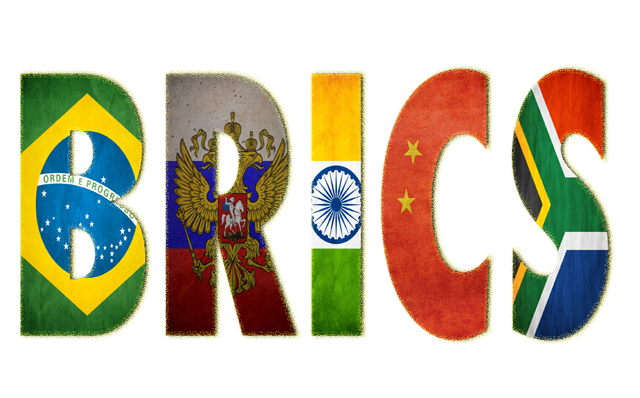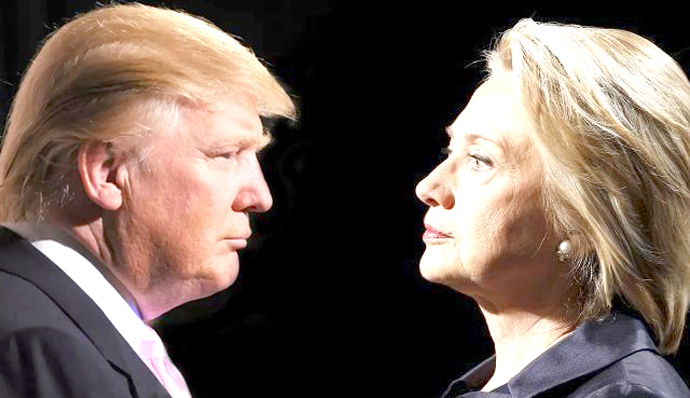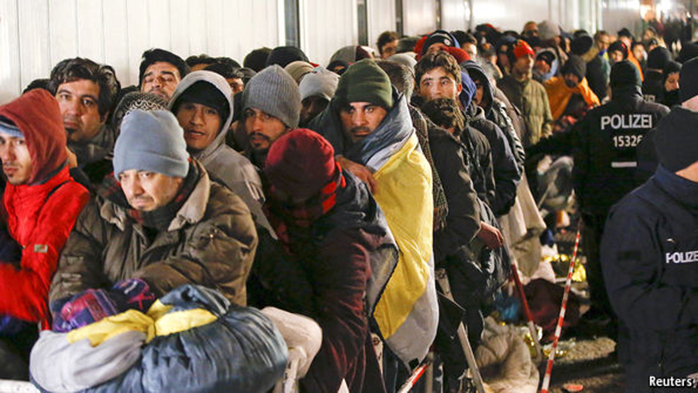Written by Doaa Hussein
Since its establishment, BRICS proved to be a strong economic group that took the world by storm. It assured being a stellar competitor of huge countries such as, G7.
However, the BRICS is now facing an acrimonious ordeal, with no forecasts of rebounding within the short term.
The term BRIC was coined by former Goldman Sachs economist Jim O’Neill in 2001, who said that BRIC’s assets were growing extensively that they were going to surpass those of the G7 countries.
The grouping was originally known as “BRIC”, before the inclusion of South Africa in 2010 that joined Brazil, Russia, India, China, forming BRICS, which are all industrialized countries.
Despite being developing countries, BRICS’ members are distinguished by possessing over 40 per cent of the world’s population by 3 billionn people. They also account for around 20 per cent of the globe’s GDP (Gross Domestic Product), and an estimated $4 trillion in combined foreign reserves.
Since its beginning in 2009, the group decided to transform their economic strength to geo- political through several steps, starting by introducing a new southern currency reserve replacing the dollar, as well as, creating a south-based development bank to substitute both the World Bank and the IMF (International Monetary Fund).
However, this association did not manage to implement all of these proposals, according to Immanuel Wallerstin, an American world system analyst.
”They concentrated in the 2010’s on enjoying the fruits of a high level of commodity prices, which allowed the governments of BRICS’ countries to augment significantly the income levels of their upper and middle strata, and even to increase some benefits to the lower strata,” Wallerstin said in a commentary on his website.
The commodity curse:
As of Wall Street Journal report, China was growing at an average rate of more than 10 per cent a year, reaching over 14 per cent in 2007. India averaged 8 per cent; Russia 5 per cent; and Brazil and South Africa around 4 per cent. On the other hand, the G7 economies expanded at a rate of less than 1.4 per cent over the same time frame.
China was the driving force and the behemoth of the whole group. It rolled its sleeves up to create an enormous global demand for all inputs of various sorts.
In August 2015, China’s stock market bared loss of more than $5 trillion after the devaluation of the Yuan in a move to remain at par with market exchanges, especially amidst the gradual rise of interest rates by the US Federal Reserve (raised by 0.25 per cent last month). The world’s second largest economy is currently ailing with an expected 6.3 per cent GDP growth, according to the IMF 2016 economic outlook.
Alongside, Russia is expected to grow by a meagre 1.5 to 2 per cent amidst a strong depreciation of the rouble. The country has a commodity, export dependent economy, with oil and gas exports shaping 68 per cent of its foreign trade.
Russia was hit hard by the plummeting oil prices, hovering at around $30 per barrel, and expected to hit $20 per barrel in 2016, as of Goldman Sachs’ forecast.
The country loses about $2bn in revenue for every dollar that the price of oil falls, according to Catch News Indian website.
The European sanctions on Russia add to the toll of burdens on the Russian Economy.
There is not much change in the Brazilian State, where the economy is expected to shrink from 2.5 to 3 per cent in 2016, after the extremely low global demand on its commodities, especially Soy and Ore.
While in the sagging South Africa, the rand pared loss against dollar last year of 25 per cent due to the vanishing demand on its gold and silver exports. Mining accounts for 50 per cent of the country’s foreign exchange earnings.
Dr. Wael Nahas, an economic expert, told the Middle East Observer (MEO) that BRICS are considered an economic bubble, which means that they have unreal economies, based on breaching world market’s laws.
“One of the world’s main problems is the technological development, for instance, nowadays there is an influx of television production, despite the fading demand on this commodity, which leads to the commodity crisis,” Nahas added.
Debt and other challenges:
Another tremendous challenge facing BRICS is debt, the commodity crisis led to a borrowing spree from other countries.
In Brazil for instance, the government is not only unable to pay for the debt, it cannot even repay the interest rate itself. (Debt accounted for 70 per cent of Brazil’s GDP last year.
For the giant China, it is even worse, with the debt amounting to 250 per cent of its GDP, which is such a high amount that previously led to economic crises in countries such as, Japan and Spain, according to Catch News website.
This state does not change much for both Russia and South Africa, which are already suffering too.
Political instability and turmoil shape another big provocation for the group.
In Brazil, a big corruption scandal took place, leading to a vulnerable and shaky political state.
The Chinese government has also been trying for more than 3 years to cut on corruption, which net high profile victims.
As for Russia, Validimir Putin has great problems on both the European and American side, especially after Russia’s military intervention in both Syria, and Ukraine.
In South Africa, The African National Congress (ANC) is finally receding, and it is threatened by an anti-White upsurge among younger voters.
“BRICS group is expected to more political coalition and opening up of new markets such as, in Egypt, in order to enrich trade exchange. This is the main route it will resort to overcome its problems,” said Dr Ahmed Abdel Hafiz, head of Economics Department at 6th of October University.
India- a bird warbling outside the swarm:
The state is much different for the Indian economy, which is expected to grow further by a rate of 7.8 per cent by 2018, according to World Bank 2016 economic prospects report.
After the Indian government’s bid to follow up on a revised way of calculating the GDP (Gross Domestic Product), it was able to overtake larger economies such as, China, which was surprising to many experts, as of Wall Street Journal.
However, the nominal GDP of China is 5.06 times that of India, and in purchasing power-parity terms, India’s per capita income in 2014 was the lowest among the BRICS nations at $5.85, the Indian economy is a booming economy in the next decade, as of the World Bank report.
Finally, in spite of the political and economic turmoil facing most of the BRICS members, and the fall of their contribution to global growth from nearly 50 per cent to only 36 per cent, the group is deemed to strongly face the high headwinds.
“I do not expect BRICS to dismantle, however, it will be vulnerable to more economic fallbacks this year, it may get better in 2017,” Abdel Hafiz declared to MEO.















